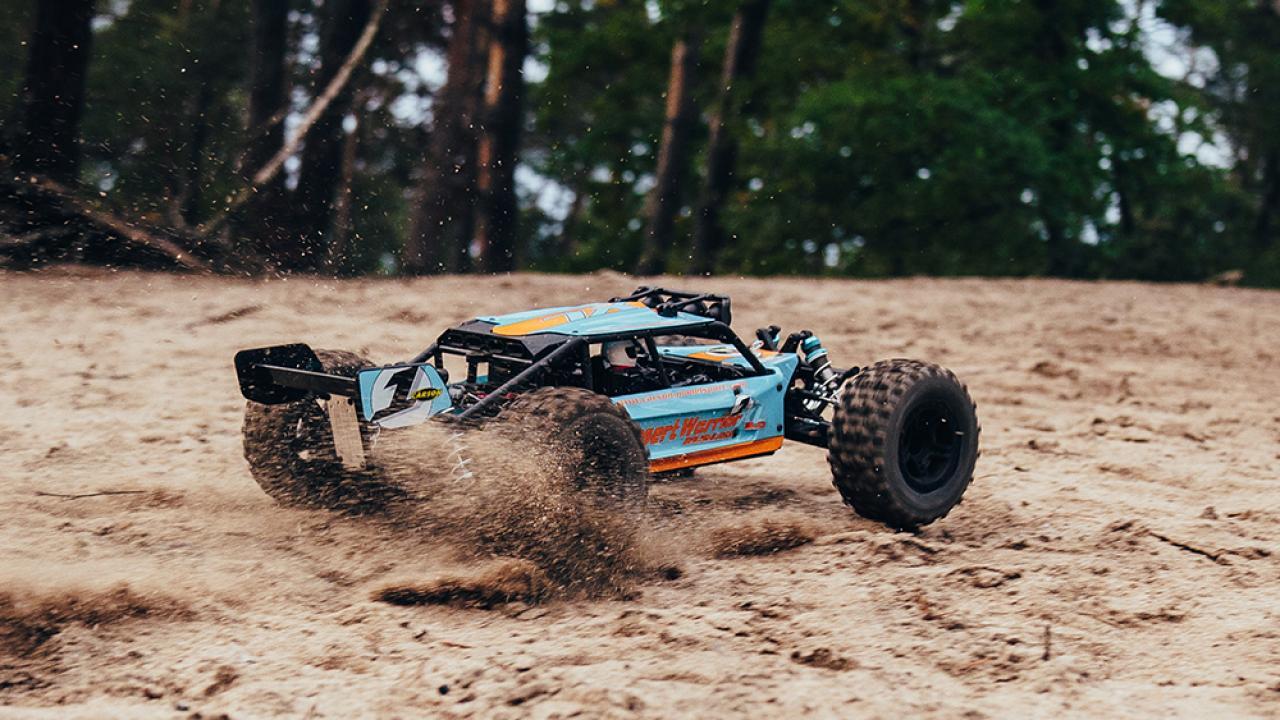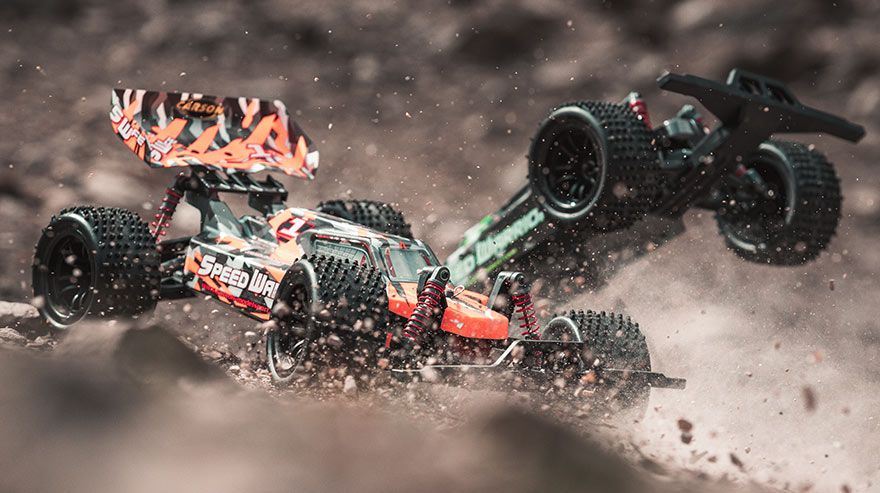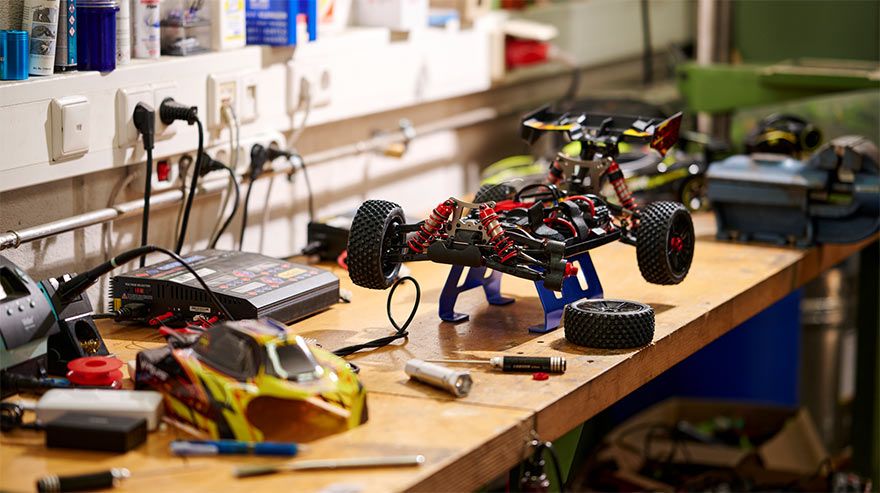Brushed vs. Brushless Motors for RC Models: Pros, Cons, and Performance Guide

-
By
Oliver K.
Every RC Model uses some kind of electric motor which work by using electromagnetic induction. Usually, a brushed or brushless motor is used in RC Models, even though they have the same function, differences are found in their structure and performance.
In the following article you will find out, what differences there are and which one suits your RC Model best.
How does a brushed motor work?
Before we can find out which is the most suitable for your RC Model, we have to know how one or the other work.
A brushed motor has two main components, the motor itself and a controller. The motor generates a magnetic field by attracting opposite poles which in return makes it spin. Attached to the motor are metal brushes which transfer electricity to the rotor as it spins.
However, by doing so, friction is created between the brushes and commutator (a part that connects the brushes to the rotor), which makes it wear out overtime due to heat and wear, reducing the motor’s performance and lifespan.
Because of its structure a brushed motor tends to be heavier and less efficient than brushless motors but offers a higher reliability and being cheaper than brushless ones.
How does a brushless motor work?
In contrast to the brushed motor a brushless one, as the name already suggests, works without those metal brushes.
Instead, magnets are fixed to the rotor which are connected to different poles. The required magnetic field is then generated by fixed coils around the rotor, where electricity has to run through. The generated magnetic field interacts with the magnets on the rotor, causing it to turn.
Though to have this system work perfectly an electronic control system or microprocessor is needed. These parts ensures that the right amount of energy is sent to the coils at the right time, making the rotor spin smoothly and efficiently.
To sum it up – no brushes no friction equals to higher efficiency. Adding to its advantages are its lower maintenance, high durability in exchange for a higher price.
The following table should give you a clear summarize of the pros and cons of both motors
All the advantages and disadvantages of both motor types are clearly summarised in the following table:
Brushed Motor | Brushless Motor |
|
|
Conclusion: Which motor fits you the best?
In conclusion we can say that it generally depends on your preferences. If you are just getting into RC Models you should consider a brushed motor as these have less power and are easier to set up.
If you are already are a fellow RC Enthusiasts, we recommend you a brushless one as those offer more setup options and power.
At Carson you will find a wide range of brushed and brushless motors, but also lots of RTR vehicles including these types of motors.
Check out a few of our Products:
Brushed:
1:10 Stunt Warrior 2.0
1:10 X10 Monster Warrior XL 2.0
Brushless:
1:8 Virus 4.1 4S Brushless
1:8 King of Dirt Buggy 4S Brushless
Follow us on our Social Media Channels to not miss out on any news!




















